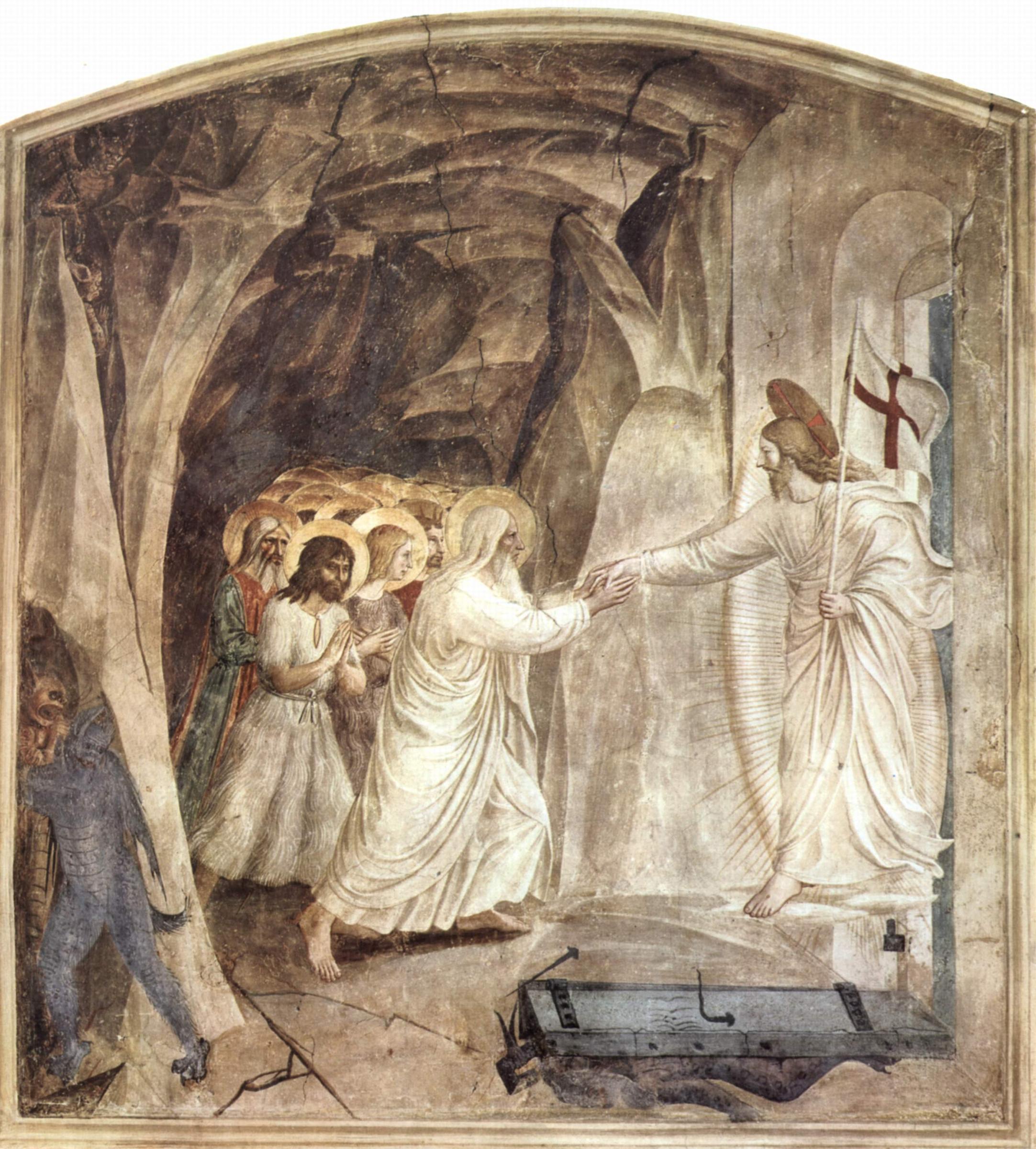From the Chaplain

From the Chaplain
Over the last few weeks, the students in Year 9 have been looking at the Apostles’ Creed. The Apostles’ Creed is a very early expression of the Christian Faith and may be said during Mass on Sundays and feasts as an alternative to the Nicene Creed. I have been able to attend a few classes, and this has resulted in some great discussions about the Creed and other aspects of the Catholic Faith.
The word ‘creed’ comes from a Latin word credo which means ‘I believe’. Other English words which come from this Latin root are ‘credence’ and ‘credible’. Another early name for a creed was a ‘symbol’, which comes from a Greek word meaning ‘thrown together’, although in this case, not haphazardly!
The Apostles’ Creed is Trinitarian in its structure, with beliefs about the Father in the first part, the Son in the second part and the Holy Spirit in the third part. It also takes us from the beginning of the Bible and creation, when God creates ‘heaven and earth’ in the first verse of Genesis, to the end of the Bible in the Book of Revelation (also known as the Apocalypse), when Jesus comes again to judge ‘the living and the dead’ (or, as older translations would have it, ‘the quick and the dead’!).
Many people are mystified by a particular phrase in the Creed: the one that says Jesus ‘descended into hell’. How could Jesus go to hell?!
In ancient Jewish cosmology (their understanding of the universe), there was a place under the earth called ‘Sheol’, the Place of the Dead. This was translated into Greek as hades. Even the English word ‘hell’, which we use to translate Sheol and Hades, comes from a German word meaning ‘underworld’. Sheol was simply a place where all people went at death, a place of ‘shades’. A similar understanding of existence after death is found in Greek mythology, for example, in Homer’s Odyssey.
Since everyone who died went to this place, both the righteous and unrighteous would have been found there. This includes such great figures of the Old Testament as Abraham and Sarah, King David, and Moses. These people could not enter heaven because they could not be ‘justified’ before God without the grace brought by Jesus. Therefore, Jesus went to ‘Sheol’ to release those righteous people. The descent of Jesus into hell to release the righteous became known as the ‘Harrowing of Hell’.
This event inspired such sublime art as the painting above by Fra Angelico. In this painting Jesus, carrying the red cross as a sign of the triumph of his death and resurrection (and present on many European flags), breaks down the door of hell (note the squashed demon under the door!), and frees the righteous souls present. This image, and the event it depicts, shows in a vivid way the supreme sacrifice of Christ, who died for love of us, in order to free us from evil and bring us with him into God’s presence in heaven.
I would like to inform you of the passing of a Dominican, Fr Joseph Wilson OP. Fr Joe worked at Blackfriars Priory School from 1955-1961, and then from 1970-1977. He remembered his time here fondly, and would often recount amusing stories of his attempts to teach Latin. He died in Brisbane on Friday 16 March at the age of 89. After his time at Blackfriars, he spent many years working in the Dominican Parish of Our Lady of Graces, Carina, Brisbane. His funeral will be held there at 11:00am on Monday 26 March. Please keep him in your prayers and may he rest in peace.
Fr Matthew Boland OP
CHAPLAIN
